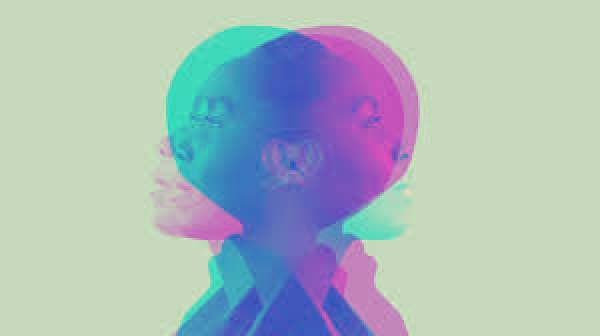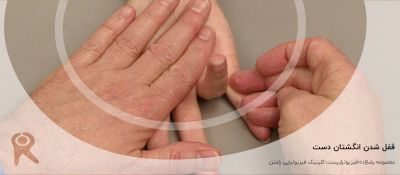Prevalence
- Schizophrenia affects approximately 1% of the general population.
- It affects both males and females at an equal rate.
- Average onset is in the late teens/early adult years. Males tend to start between the ages of 17-20. Women are generally diagnosed a little later in their twenties.
- Childhood onset, before age 12, and late adulthood onset are not as common.
Characteristics/Clinical Presentation
Diagnostic Criteria for Schizophrenia:
- Two or more of the following symptoms during a 1 month period of time:
• Delusions: almost a universal symptom among schizophrenics. These delusions the person has are often gradiose ideas, thoughts of persecution, and the feeling that their thoughts are being broadcast to the rest of the world and that everyone can hear what they are thinking.
• Hallucinations: auditory hallucinations are the most common type of hallucination. 80% of children with schizophrenia present with auditory hallucinations. People can also experience visual, touch, taste, or smell hallucinations. These hallucinations are never comforting, but are very demanding of the person hallucinating.
• Disorganized speech: This is also called "word salad." When the person speaks, their words make no sense at all and are in a very illogical order. The average IQ of a person with schizophrenia is around 80-85 and it declines with aging.
• Catatonic behavior: A state in which the person may give automatic obedience. They may also have increased muscle tension, hold their bodies in strange postures, and mimic the behaviors of others around them.
• Negative symtpoms: decreased speech production, decreased goal oriented behaviors, lack of emotion, lack of motivation, unable to find pleasure in activities, and has a blunted personality. - Social or occupational dysfunction (ex. at work, in public, etc)
- A duration of continuous symptoms for at least 6 months.
- Rule out differential diagnoses such as autism, mood disorder, depression, borderline personality disorder, bipolar disorder, alcoholism, etc.
Clinical Presentation
- The person's symptoms are not always continuous; they may come and go at certain points in their life.
- Exacerbation of symptoms can be brough on by life stresses, such as, marriage, work, school, and other major life-changing events.
- There are 5 types of schizophrenia: paranoid, disorganized, catatonic, undifferentiated, and residual. Any person may be diagnosed with one or multiple types of schizophrenia.
- People with schizophrenia will experience a decrease in mental and physical function over time, which is part of the disease.
Associated Co-morbidities
- Depression.
- Suicide risk. 50% of people with schizophrenia attempt suicide.
- Diabetes Mellitus (as a result of the medication).
- Attention Deficit Hyperactive Disoder with childhood onset.
Medical Management
- For symptom management, using one of the medications listed in the above section is the treatment of choice.
- Psychotherapy combined with medication is very effective in the prevention of deterioration. Therapy is also used to teach social and behavioral skills. With the use of individual sessions, group therapy, and family therapy, certain behaviors are positively reinforced in order to help the person achieve a sense of self worth.
- Prognosis for people who recieve treatment:
10% have 1 or 2 episodes and then completely recover
55% will have chronic symptoms
35% will have intermittent episodes.
Physical Therapy Management
Physical therapy cannot treat the schizophrenia itself. However, it can help manage any co-morbidities, side effects of medications, or help deal with the physical decline in function. Diabetes affects 6% of people with schizophrenia, and this is an area that physical therapy can contribute. Education on diet, exercise, and skin checks would be very beneficial to these people. Also, people with schizophrenia see a decline in physical function as they age, more so than the average person. They may experience bone/joint disease, fractures, decline in brain function, parkinsonism, cerebrovascular accident, spinal cord disorders, amputations, etc. As previously stated, we cannot treat schizophrenia itself, but we will see patients for other medical reasons who are affected by this disorder.
Differential Diagnosis
- Differential diagnoses in children include: ADHD, conduct disorder, asperger's, borderline personality disorder, and childhood depression.
- Differential diagnoses in adults include: bipolar disorder, depression, borderline personality disorder, mood disorders, schizoaffective disorder, schizofreniform, paranoia, and alcoholism.










